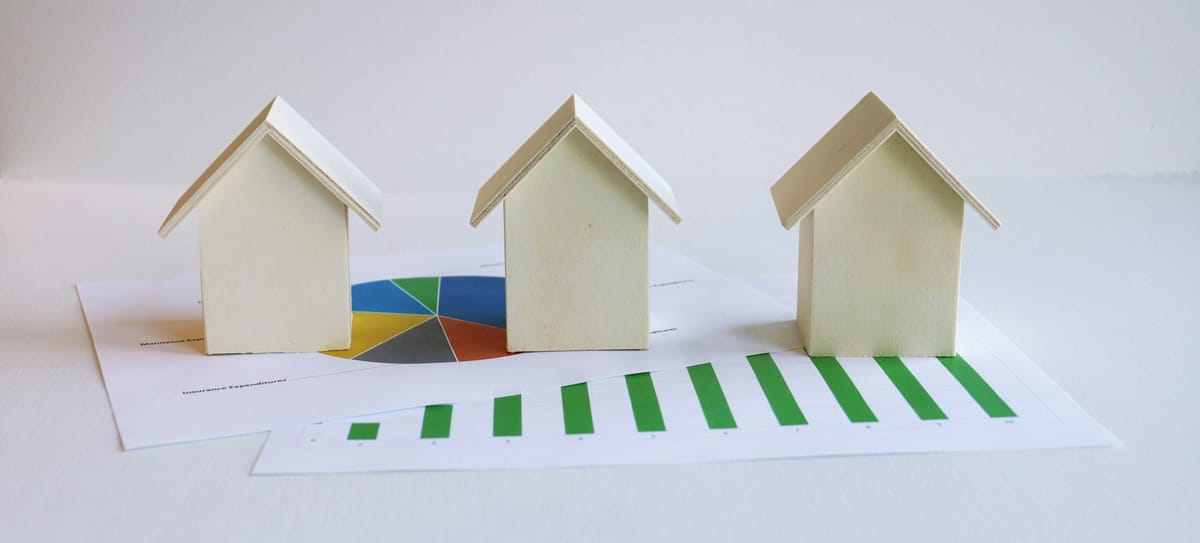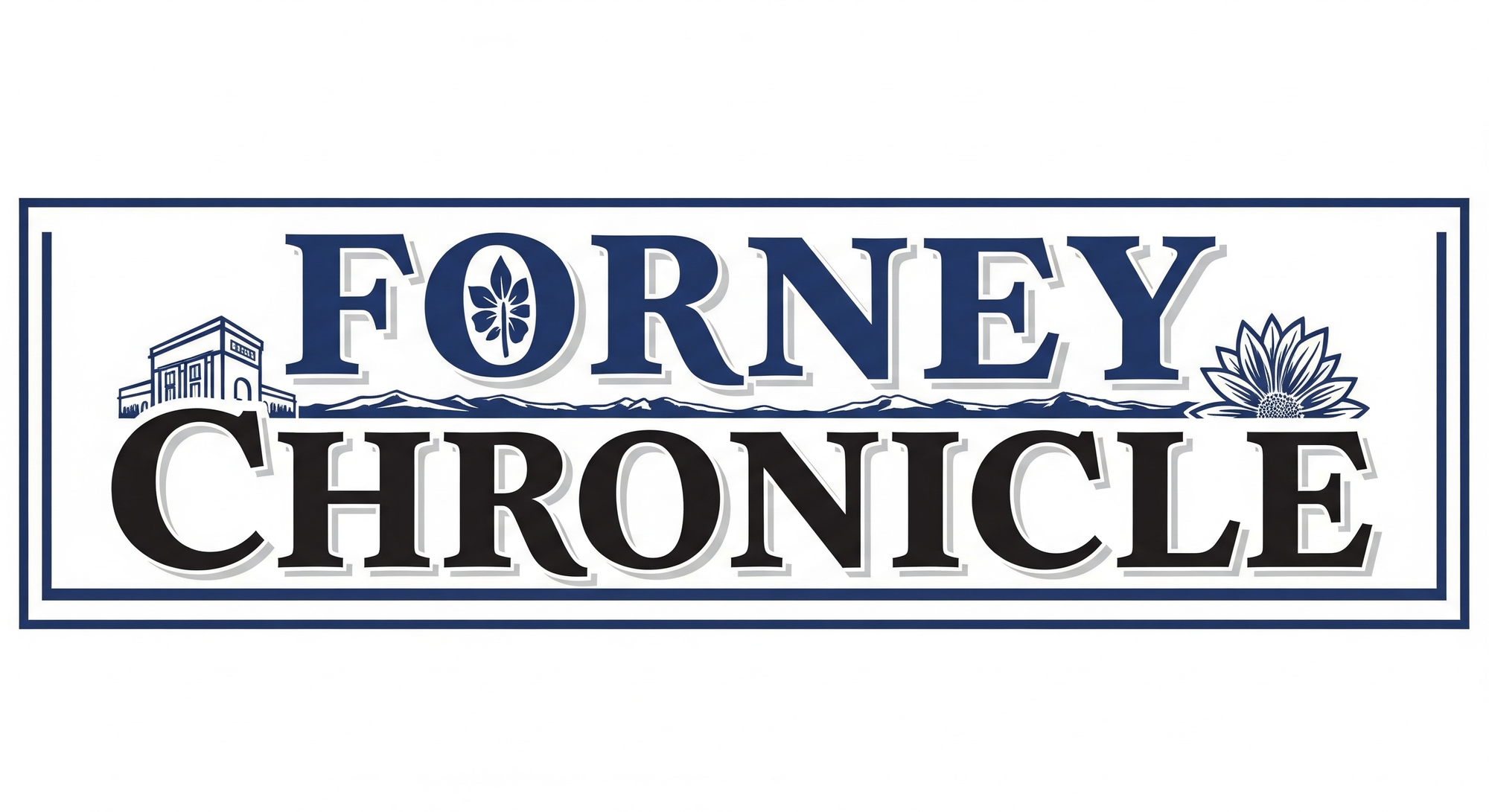Forney’s FY2026 Budget — a regular-people breakdown

The short version: On Sept. 16 the Forney City Council approved the Fiscal Year 2026 budget and set the city’s tax rate at $0.421431 (that’s the “no-new-revenue” rate for the 2025 tax year). That means the city aims to collect about the same amount of money from the same properties as last year — it’s not trying to raise extra tax dollars from people whose homes didn’t change in value.
What “no-new-revenue” actually means (in plain English)
- If your home’s appraised value didn’t change from last year, your city portion of the tax bill should stay about the same. The rate was chosen so the city collects roughly the same total from the same properties as it did in 2024.
- If your house was newly built, sold, or reappraised higher, your bill could go up even though the city adopted a “no-new-revenue” rate — that extra comes from the change in your property’s value, not from the city raising the rate on everyone.
- If your value went down, you may pay less.
Quick example: at a $0.421431 rate, a $300,000 taxable value (that’s the number the tax office uses after any exemptions) would mean about $1,264.29 in city taxes. (Formula: taxable value ÷ 100 × tax rate.) Your actual bill will vary with exemptions like the homestead exemption and with other taxing entities (school district, county, etc.).
Budget highlights — the important parts (no finance degree required)
- The city kept reserves in good shape — the General Fund balance listed in the budget is about $9.95 million, and the Debt Service Fund balance is about $2.46 million. That’s money set aside for emergencies and to pay bonds.
- The city expects to meet its debt obligations (total required debt service shown in the budget is about $3.43 million). That’s the money needed to pay what the city borrowed.
- Property values were up modestly (the staff memo referenced roughly 4.5% growth), which helps revenue without raising the rate on existing owners. City planners also used a higher operating-rate figure in planning documents (about $0.437940) when running their internal budget scenarios, but the council adopted the lower “no-new-revenue” rate.
Where your tax dollars go (simple buckets)
- Public safety (police, fire) — staff, equipment, training
- Streets and drainage — maintenance and capital projects as Forney grows
- Utilities and infrastructure — planning and upgrades for water/sewer/roads
- Administration and city services — city hall, parks, code enforcement, etc.
(The full budget lists each department and the capital projects planned; check the budget for project specifics if you want details.)
Why the Council likely did this
- Keeping the rate at “no-new-revenue” helps avoid the appearance of a tax increase while still letting the city collect additional dollars from growth (new houses, new commercial property).
- It’s a cautious approach: maintain services, protect reserves, and cover debt without increasing the tax burden on current property owners whose values didn’t change.
What you should do (quick checklist)
- Check your appraisal notice. If you got a new appraisal or exemption change, that may change your bill even with a no-new-revenue rate.
- Look at the whole tax bill — the city is one line item. County, school district, and other taxing entities also affect your total.
- Read the budget summary if you want to see where projects and dollars are targeted (streets, drainage, police, etc.). You can find the adopted budget on the City of Forney’s website: https://www.forneytx.gov/DocumentCenter/View/9328/Adopted-FY-2026-Budget?bidId=.
